DW's Blog
DW Green Company, A River Company
The generational longevity of a company.
by DW Green — November 2, 2016
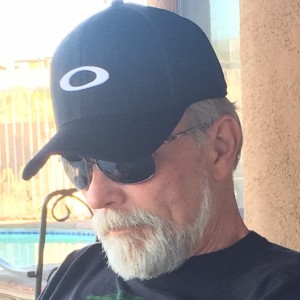
The living company is a river company.
The manager of a living company understands that keeping the company alive means handing it over to a successor in at least the same health that it was in when he or she took charge. To do that, a manager must let people grow in a community that is held together by clearly stated values. The manager must place commitment to people before assets, respect for innovation before devotion to policy, the messiness of learning before orderly procedures, and the perpetuation of the community before all other concerns.
Living companies are willing to scuttle assets in order to survive. To them, assets—and profits—are like oxygen: necessary for life but not the purpose of life. These companies know that assets are just means to earning a living. A company run according to a different model scuttles people to save its plant and equipment, which it considers the essence of its being. If such a company were in the car rental business, for example, it would see itself as existing to rent cars. The company’s fleet would be considered its primary asset, and its purpose would be to make profits for shareholders. If such companies find themselves in trouble, they get rid of people. I believe that employees are a company’s primary asset and that a company’s purpose is survival, which means developing and nurturing their employees potential.
Managers must decide how to position the human element in their companies. They can choose to produce wealth for an inner circle of managers and investors, or they can develop an organization that is community. The choice they make plays a large role in determining whether a company will outlive its founders. Managers who want to build an organization that can survive many generations pay attention to the development of employees above all other considerations. They give a high priority to questions such as, how can we organize for continuity from one generation to the next?
In organizations in which benefits accrue to only a few people, all others are outsiders, not members. According to their underlying contract with the company, those outsiders trade their time and expertise for money. That type of contract does not inspire people to give their all or to feel much loyalty to the enterprise or its managers.
A company whose purpose is to produce wealth for a few people is like a puddle of water—a collection of raindrops that pool into a cavity or hole. The drops remain at the bottom of the cavity. When it rains, more drops may be added to the puddle and its field of influence may broaden, soaking the ground around it. But the original drops remain in the middle.
But stagnation can lead to vulnerability. Puddles of water cannot survive much heat. When the sun comes out and the temperature rises, the puddle starts evaporating. Even the drops in the center are in danger of going up in vapor.
The company whose purpose is survival is more like a river. Unlike a puddle, a river is a permanent feature of the landscape. Come rain, the river may swell. Come shine, it may shrink. But it takes a long and severe drought for a river to disappear. From the point of view of the drops of water, the river is quite turbulent. No drop remains at the center for long. From one moment to the next, the water in one part of the river changes. New water drops succeed old ones, and they are all carried forward.
The river lasts many times longer than the individual drops of water it comprises. The river is a self-perpetuating community with its own built-in guarantees for the continuity and motion of water within its banks. A company, initiating rules for the continuity and motion of its people, can emulate the river’s longevity and power.
The living company is a river company. In such an organization, managers regard the optimization of capital as no more than a necessary complement to the optimization of people. To build a company that is profitable and will live long, managers take care to create a community. Processes are in place to define membership, establish common values, recruit people, develop employees, assess individual potential, live up to a human contract, and establish policies for graceful exists from the company.
Above all, in the living company, members know “who is us”, and they are aware that they hold values in common. They know the answer to the definitive question about corporate identity: What do we value? Whoever cannot live with the company’s values cannot and should not be a member. The sense of belonging pulls together even the most diverse members of the company.
In the living company, the essence of the underlying contract is mutual trust. Individuals understand that in exchange for their effort and commitment, the company will help them develop their potential. Money is not considered a positive motivator in a river company. If money is insufficient, people will become dissatisfied, but adding money above the threshold of sufficient pay will not motivate people to give more to the company. Before they will give more, people need to know that the community is interested in them as individuals, and they themselves need to be interested in the fate of the enterprise. Both the entity and the individual need to care more about each other.
Part of the caring is making sure that people enter and exit the company with the right understanding. Recruits are judged as much on the basis of their fit with the company’s values and principles as they are on the basis of their ability to fulfill the technical requirements of the job. People are hired into a living company with the understanding that they are there to develop their potential. This does not mean they have a contract for life. If people don’t pull their weight or share the community’s values, they must move on. And when they reach a certain age, it is time for them to go. One benefit of strict exit rules is that management becomes stewardship. Just as you took over for somebody, you will pass the baton to someone else. Your legacy at the company will depend on how well you carried out your stewardship.
Many shareholders and senior managers are not interested in building a self-perpetuating work community. They prefer the company to remain a moneymaking machine for the benefit of an inner circle. Theirs is a perfectly legitimate choice, but those who make that choice must realize that there is no free lunch. Living, learning companies stand a better chance of surviving and evolving in a world they do not control. They make sense, especially because success now depends on mobilizing as much of the intelligence at a company’s disposal as possible. The high levels of tolerance inside the living organization create the space for more innovation and learning.
What is so special about long-lived companies? They know who they are, understand how they fit into the world, value new ideas and new people, and husband their money in a way that allows them to govern their future. Those personality traits show themselves in behaviors designed to renew the company over many generations. Throughout, living companies produce goods and services to earn their keep in the same way that most of us have jobs in order to live our lives.
HR/T&D is extremely critical, particularly if a company desires to have a long life. The costs of recruiting, training and developing the right people are high. But the cost of not allocating money for this number one priority is much higher—because employees, suppliers, communities, and shareholders all feel the loss when a company dies.
Filed Under: DW's Blog































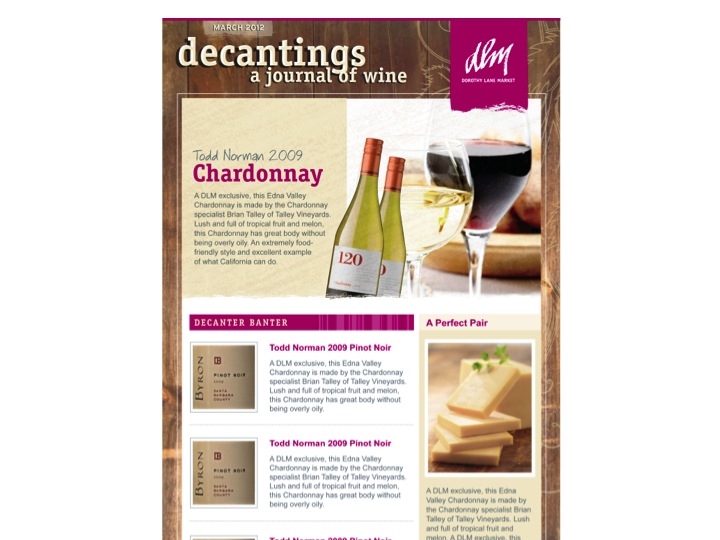




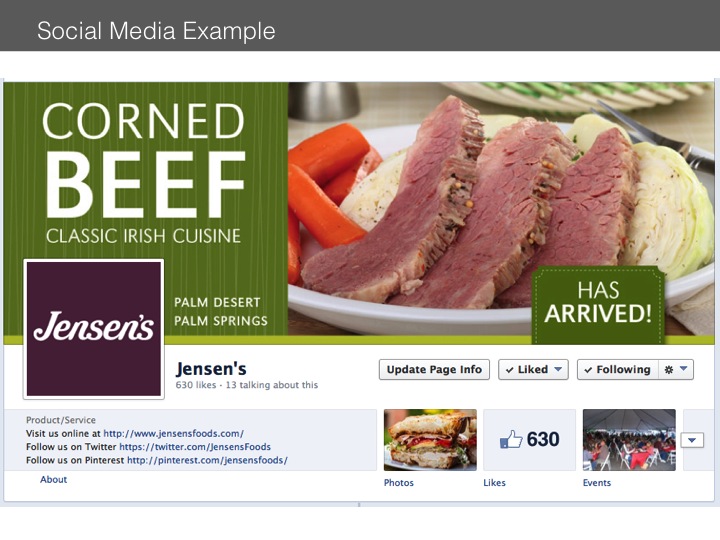
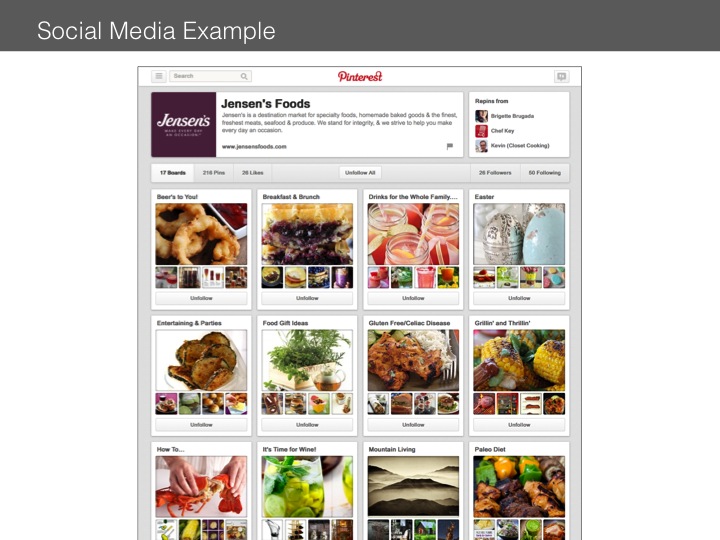

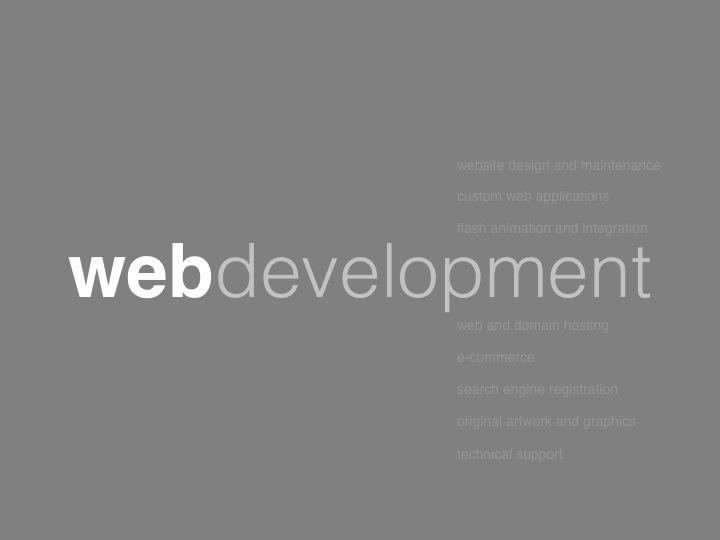

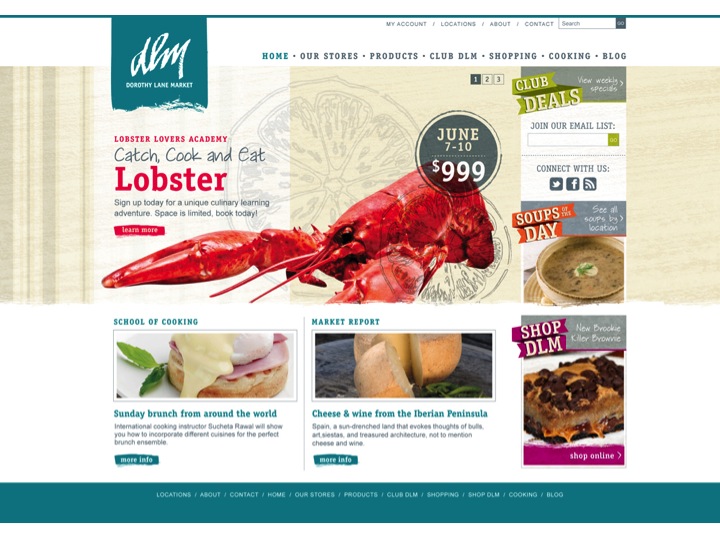



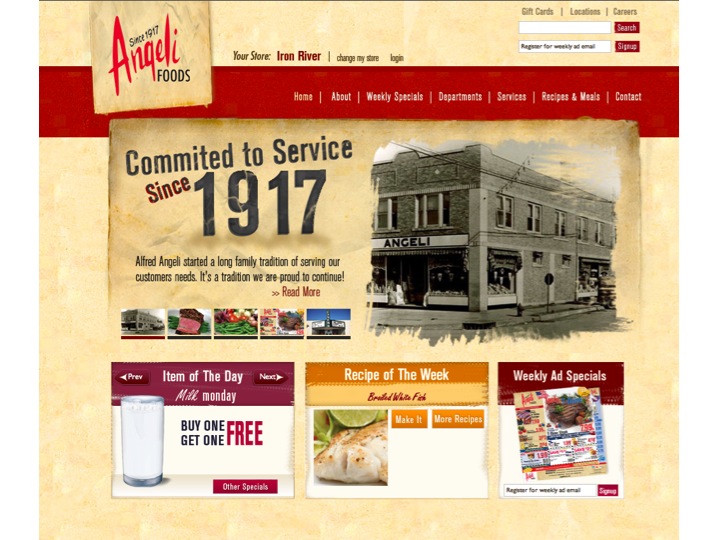
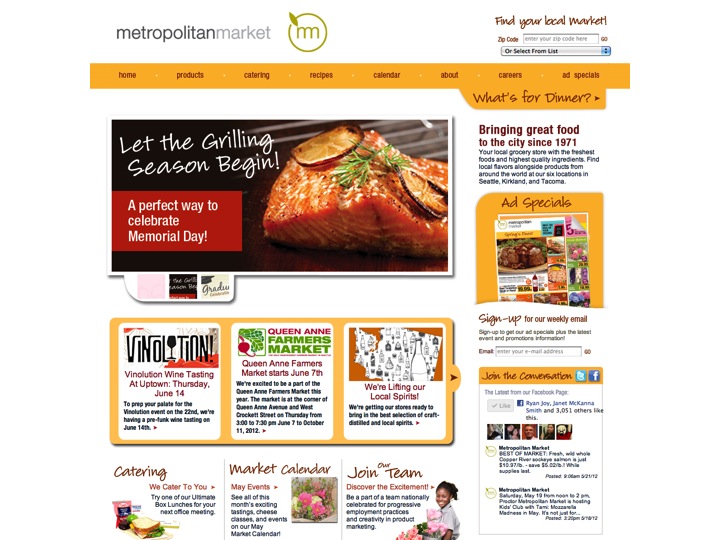



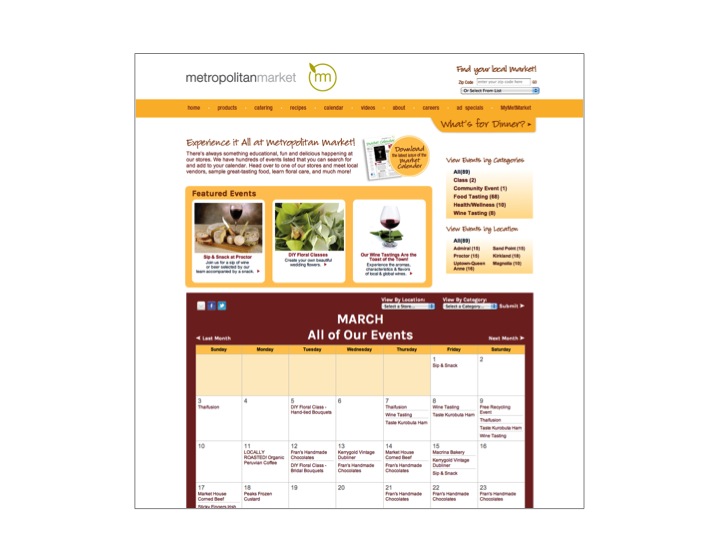



DW, I read your blog with great interest. I am Norman Wolfe CEO of Quantum Leaders (www.quantumleaders.com) and author of The Living Organization. Your blog could have come directly from my book. IT is so aligned with everything I wrote and you laid it out so well.
I was wondering if you would like to set up a time to communicate and perhaps explore potential ways we might collaborate.